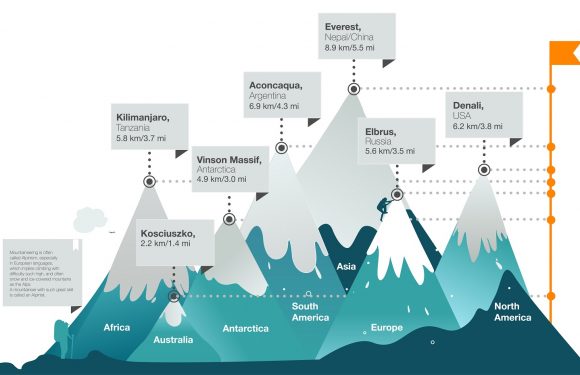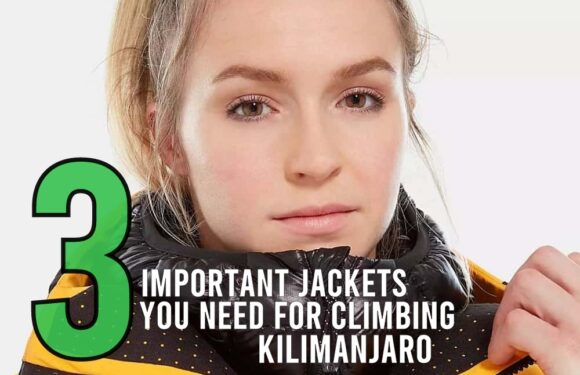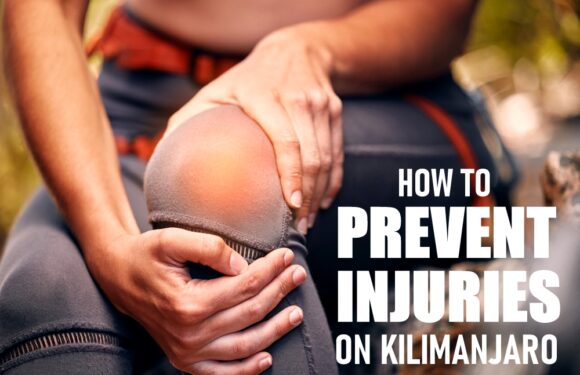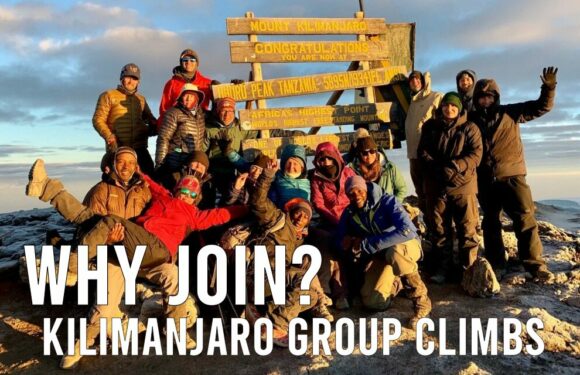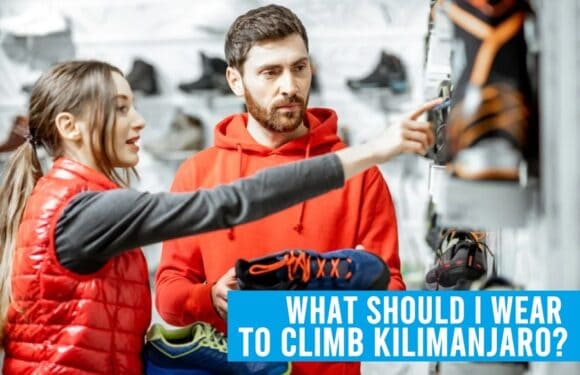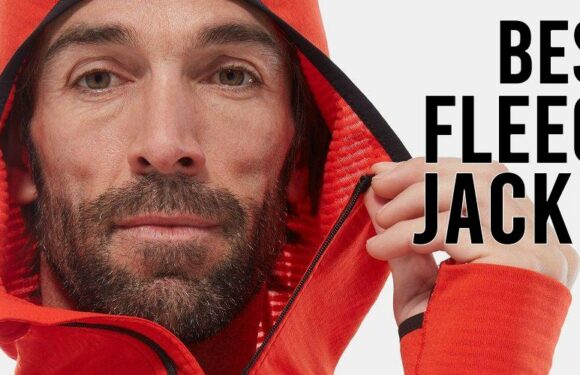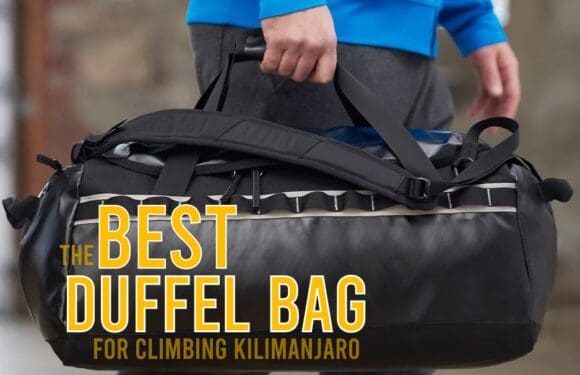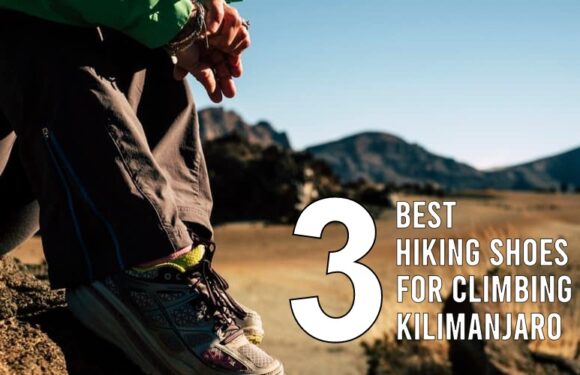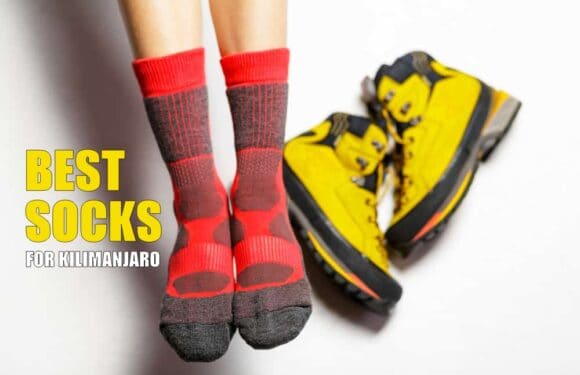If you’ve seen our gear list, you know there are lots of things on it. The list contains optional, recommended and required items. Though the required items are all mandatory, there are things that are more significant than others when it comes to your safety, comfort, and success.
In this article we discuss the 7 most important items on the Kilimanjaro gear list.
When it comes to selecting these pieces, you want to be especially mindful that they will do the job.
7. Knit hat
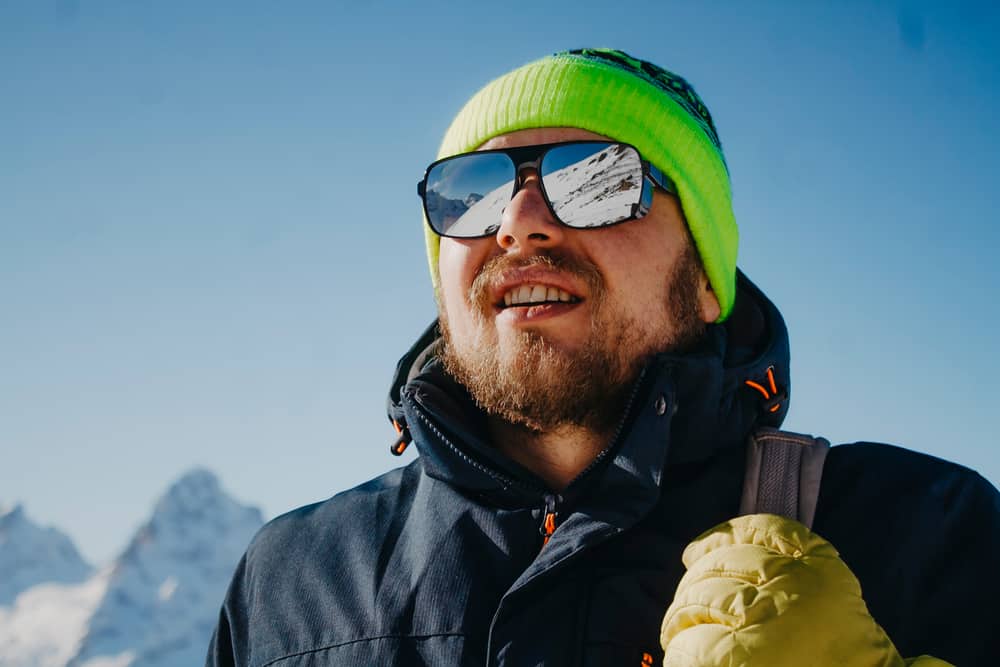
You may have heard the old adage that you lose half of your body heat through your head. This statement likely arose from an old U.S. Army Field Manual that estimated soldiers could lose 40% to 45% of their body heat through an unprotected head.
Well, a study done in 2008 showed that the old adage is not actually true.
Researchers concluded that we lose about 10% of our body heat from our heads, which makes perfect sense considering that the head accounts for about the same percentage of our body’s total surface area. In other words, there’s nothing particularly special about an uncovered head versus another uncovered body part.
Regardless, you need adequate head protection when climbing Kilimanjaro in the form of a warm, knit hat. You lose heat in direct proportion to the amount of exposed skin. So cover up as much as possible if the weather calls for it.
See our article on Kilimanjaro hats.
6. Backpack

You and your backpack are going to be well acquainted during your climb.
So make sure that you two get along.
While our porters transport the lion’s share of your gear (plus the communal equipment and food), you must personally carry the things you might need during your day hikes.
What’s imperative is that the pack fits your stuff and is comfortable when worn for long periods of time. Backpacks come in different shapes and sizes. Your torso length will determine the pack size (not to be confused with pack capacity). It’s a good idea to get a pack fitted by a professional at an outdoor shop if you are unfamiliar with technical packs.
Learn how all the adjustments work. The hip belt, shoulder straps and load lifters can be fine tuned to hug your body. When a pack fits you correctly, it should sit on your hips, back and shoulders nicely which allows you to carry weight efficiently.
See our recommended Kilimanjaro backpacks.
5. Sleeping Bag
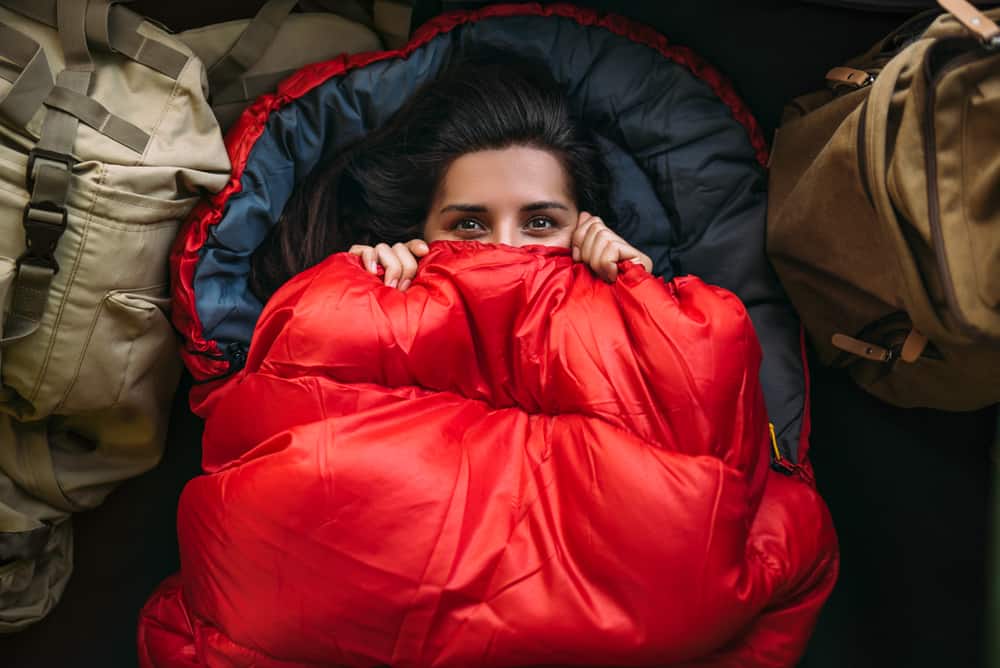
Have you ever slept in a cold room with inadequate bedding?
Shivering your way to sleep is miserable.
In fact, it’s nearly impossible to get a good night’s rest under these circumstances. And whether it’s your bed or in this case, your tent, you want to maintain a pleasant body temperature for the duration of the night.
If an insufficient sleeping bag prevents you from sleeping well, it’s also impairing your recovery and acclimatization. That’s setting yourself up for failure unnecessarily. So a warm sleeping bag is imperative.
We rent sleeping bags that are rated -30F/-1C. It’s not absolute that your bag needs to be this warm. Some climbers do fine with 0F/-18C sleeping bags. But we strongly discourage bringing sleeping bags rated above 20F/-7C. Your best bet is to err on the side of warmth.
Read more about Kilimanjaro sleeping bags.
4. Hiking Boots or Shoes

Think about how many steps you take on a multi day hike. It’s too many to count. It’s pretty obvious that your footwear must be functional for the long haul.
Some people purchase their boots at the last minute. They don’t have time to break them in or test them out thoroughly before their climb, only to find out on day one that they don’t fit their feet quite right. It’s a painful way to scale a mountain. Avoid this mistake.
Regardless of whether you choose to use boots or shoes (both are acceptable), you want to be sure that they won’t cause blisters. So train with them. Take them out on long day hikes or better yet wear them on trails for several consecutive days.
Here are our top picks for Kilimanjaro hiking boots and trail shoes.
3. Waterproof Jacket
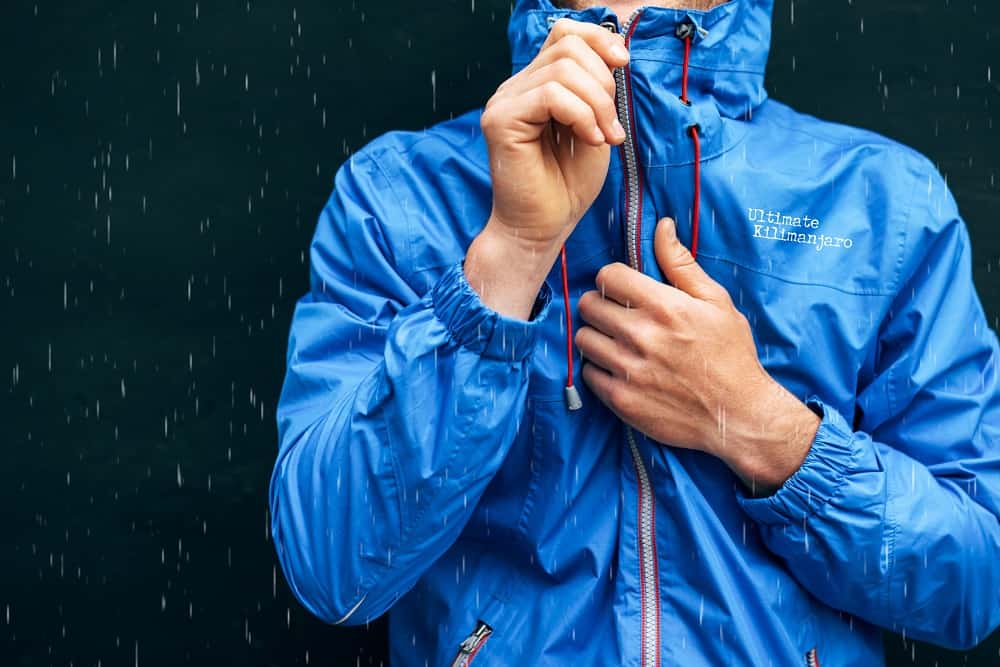
You need to be prepared for rain. The weather on Kilimanjaro can change at anytime. It can be sunny and beautiful one minute and windy and raining the next.
Keeping your clothing dry is not only for your comfort. Water pulls heat away from your body quickly. So being wet, even in mildly cool temperatures, can lead to hypothermia, which can be deadly.
This is why rain gear is so critical to your climb. It functions by keeping you dry and warm. Quality rain jackets are both waterproof and breathable. It stops water from penetrating the shell but also allows body heat and moisture to escape. Rubber rain jackets are waterproof, but they’re not breathable. You’ll likely end up soaked from sweat instead of rain – which is equally bad.
See our recommended Kilimanjaro rain jackets.
2. Insulated Jacket
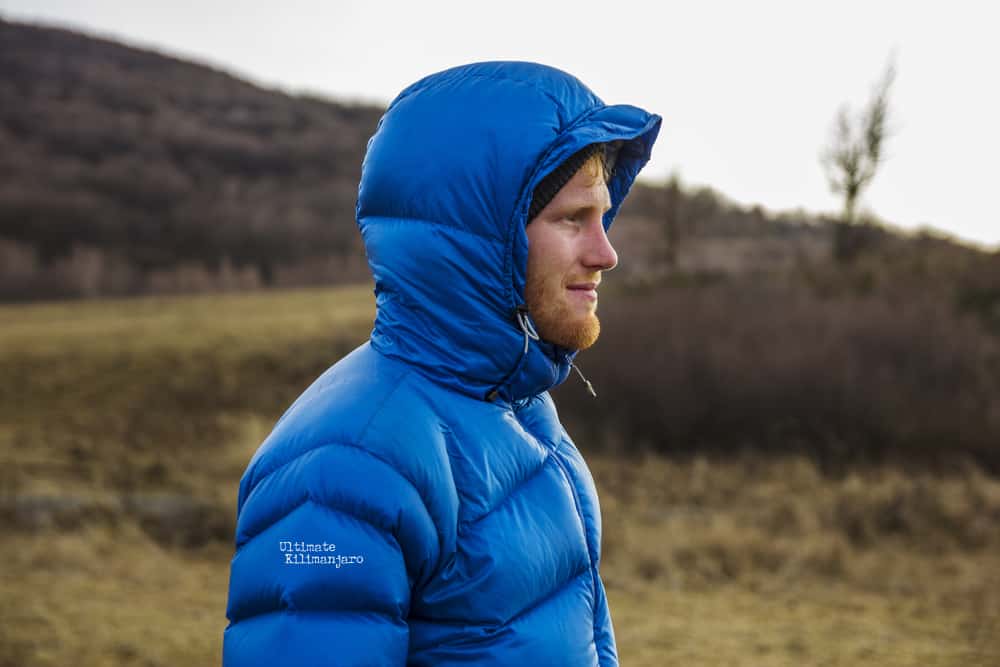
It shouldn’t be a surprise to anyone that Kilimanjaro is cold.
In the evenings, it can be very chilly even at the lower elevations. During the nighttime summit attempt, it is regularly between 0F and 20F (-18C and -7C) degrees, though it can even be below 0F/-18C. And because the trail to the peak is through exposed terrain, you can also expect some frigid mountain gusts of wind.
We have had some clients who were physically able to continue climbing, but had to turn around because they couldn’t endure the cold. And that’s a shame.
Your most heavy duty weapon against the cold is your down jacket. So you want something that can keep you warm in the most extreme conditions. Thin down jackets and “down sweaters” are insufficient for this purpose. Pay attention to the fill power and fill weight. And make sure it has a hood.
Learn more about choosing a Kilimanjaro down jacket.
1. Passport
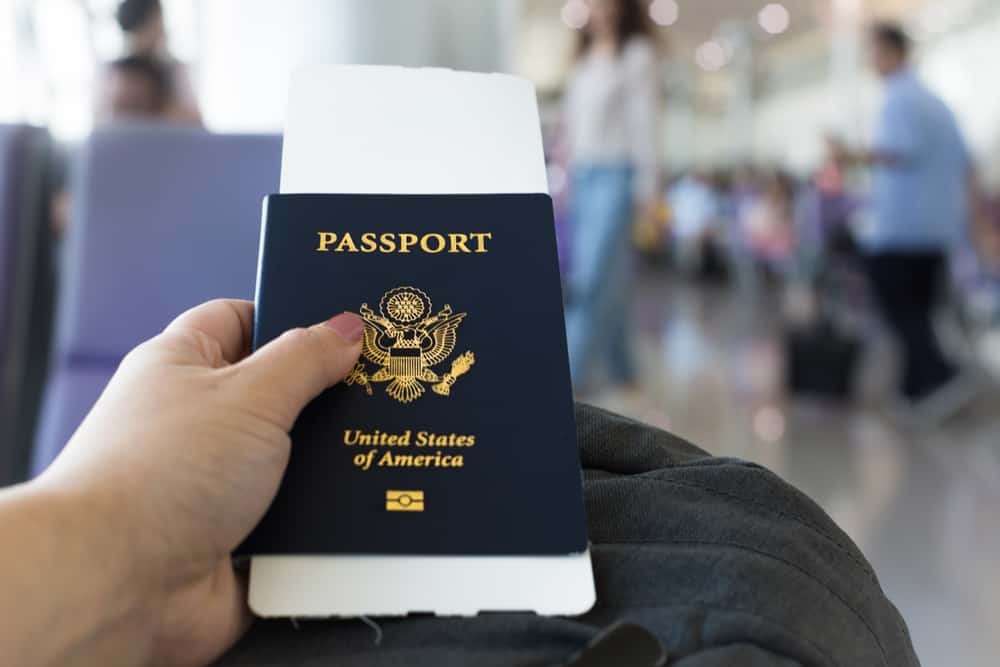
You can show up to Tanzania without any gear and still manage to climb Kilimanjaro. There are many tourists who travel for months or even years. And while they are in Tanzania, they book a Kilimanjaro expedition and get all the necessary gear from local shops. While far from ideal (the availability, quality and fit may not be up to western standards), it is possible to do.
If you show up to Tanzania without a passport, you won’t be allowed to enter the country.
That makes your passport the absolute most important thing on the gear list. So take care of it in the months leading up to your trip. Losing your passport or having it stolen can mean the end of your plans.












































